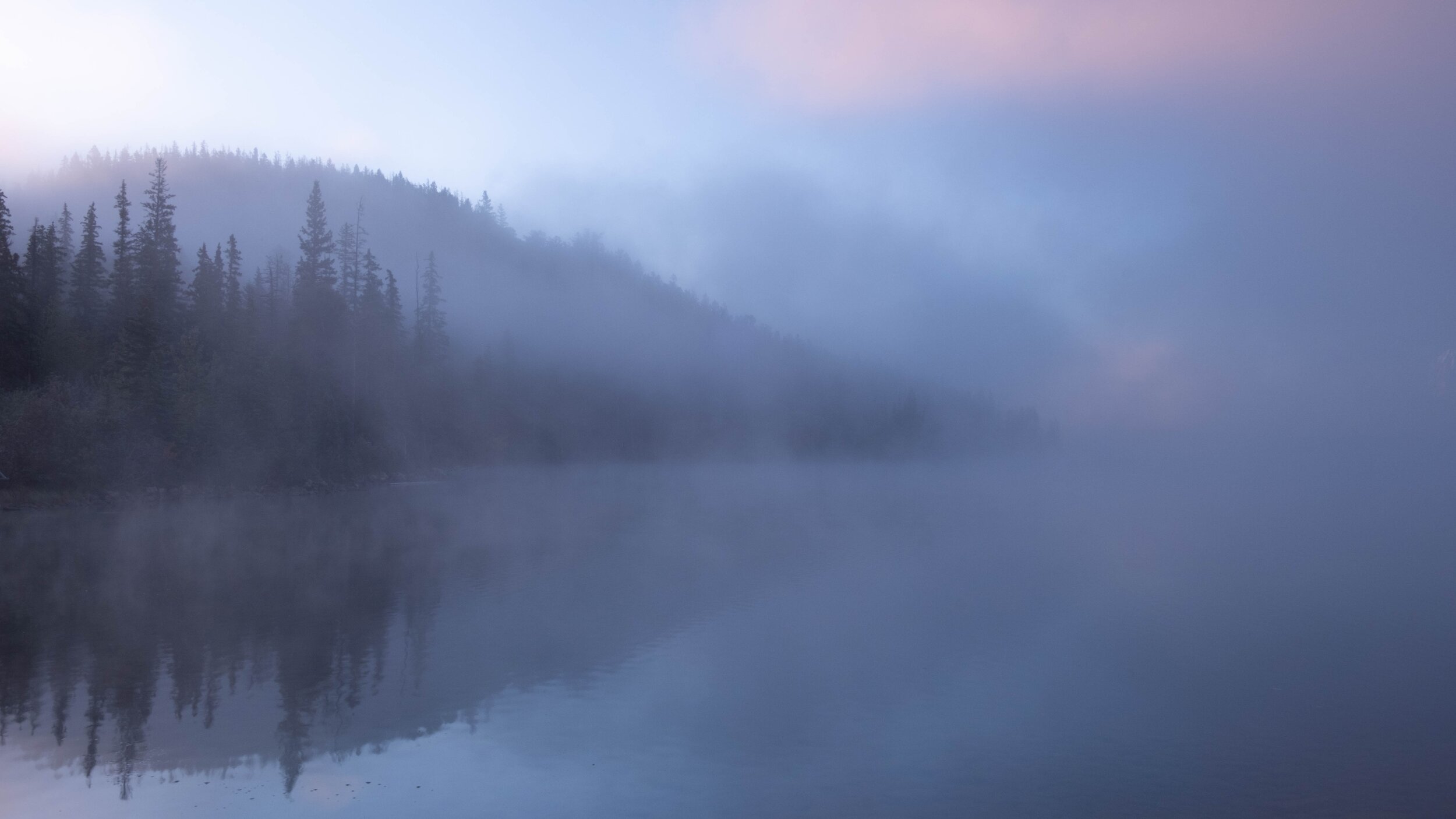The Mystery of Fog
The Northern California coast where I live is famous for its fog. Mark Twain’s line about “the coldest winter I ever spent was a summer in San Francisco” is a popular quote used by locals. When my Irish cousins in search of sun come to visit, our first stop is often to buy a pair of long pants or a sweatshirt (for warmth not as souvenirs).
In my quest to stop whining about things I have no control over, I chose to adopt a different approach to fog. Instead of waiting for the ideal sunny morning to go for a hike, I donned a layer of waterproofing and ventured out into the mist.
Fog is a mystery, not a problem to be solved. - Patrick O’Neill
Contrary to how it appears standing at the window looking out – dense, grey, and oppressive – fog is varied and mysterious. It appears in some places as a thin gauze-like veil, pulling back to reveal a momentary glimpse of a small scene in sharp focus – a scene that you may not notice when everything around is clear. In other places it is as thick as a heavy blanket and you can’t see beyond a few steps ahead. Colors look different. Sounds carry in a different way. Smells are earthier.
What’s more, when I’m out in it the fog, the mist feels alive. It’s like the presence of a mysterious companion, a walk with a wise elder. I never know what I’ll find, what will be revealed, what surprises are in store for me.
In life, it can be unsettling to feel like we’re in a fog. That feeling when things just aren’t quite right, when something is nagging at us that we can’t quite identify, when we don’t know which way to go next.
What’s useful when the fog comes in is to go deeper into it. Instead of moping around waiting for clarity like I did, explore the confusion, the limbo, the sluggishness we feel. Look for the moments when the curtain pulls back and there is a glimpse of insight. Collect them like pieces to a puzzle. Lay them out in front of you and look for patterns and connections – what is the relationship in what you can see?
Pay particular attention to mysteries and surprises, things you hadn’t noticed before. This is what creative people do; they notice things that other people don’t.
PRACTICE
Here’s an activity I got from a colleague, Avril Orloff.
Cut a window in a small piece of cardboard – like a picture frame – or cut the film out of an old slide. Hold it up to any scene and notice what you see in the frame. Keep moving it around and look at the details, compositions, shapes that you wouldn’t normally notice when looking at the entire scene. Then widen your gaze and see if the scene looks any different.
